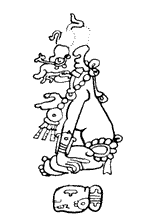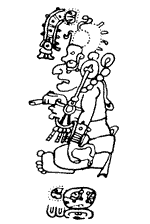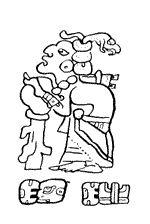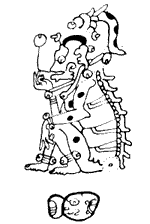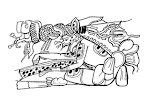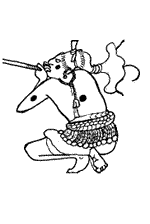Mayan World Introduction
Published by Mayan Ancient Gods under on 10:43
Welcome to our blog, this is a small introduction to know a little more about the culture and traditions of the Mayans. In this web -blog you can explore different aspects of their traditions, their language and mainly their gods, which were object of veneration, and all the rituals and ceremonies realized by the Mayans were offered to them. Some of those rituals and gods are known worldwide, such as Chac, the god of the rain, but our purpose is not only to provide some names and dates using organized information, but to provide valuable information and a site in which people can learn more about this fascinating culture and be wondered by their imagination which is still present in many areas within the states of Yucatan Peninsula. In order to do this we have organized branches that will guide you throughout this site. These branches are divided into categories to make it more easily for you to understand the content of our web-blog. Finally we hope you like it and we hope that this blog will be useful for all users.

The Mayan calendar was very advanced, and consisted of a solar year of 365 days. It was divided into 18 months of 20 days each, followed by a five-day period that was highly unlucky. There was also a 260-day sacred year (tzolkin), divided into days named by the combination of 13 numbers and 20 names.
For longer periods, the Maya identified an elaborated system of periods and cycles of various lengths. In ascending order, these were: kin (day); uinal (20 days); tun (18 uinals/360 days); katun (20 tuns/7,200 days); baktunbaktun (20 katuns/144,000 days), and so on, with the highest cycle being the alautun (23,040,000,000 days).
(This information was taken from http://www.liveindia.com/mayacalendar/Calendar.html
to gain more details about the calendar click on the link above.)





